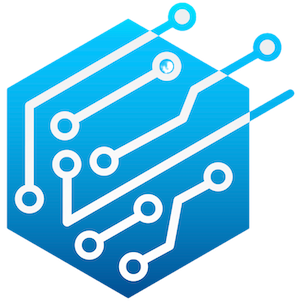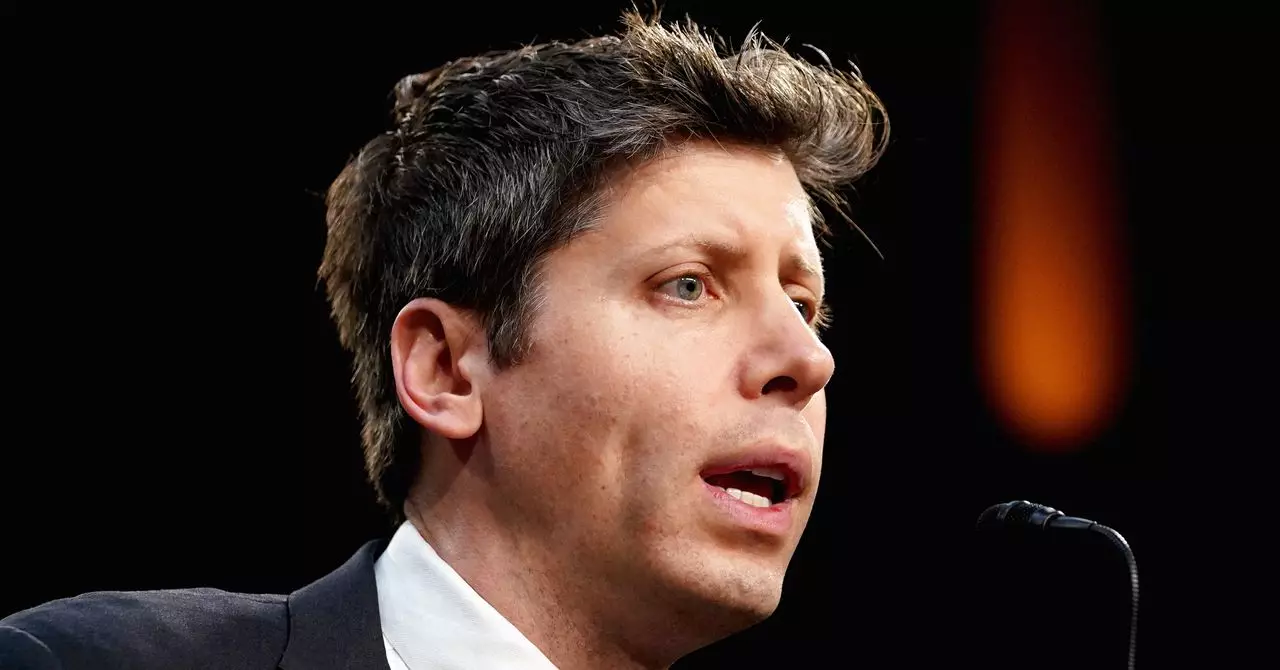In the towering tech collaboration between OpenAI and Microsoft, a seemingly small contractual clause concerning Artificial General Intelligence (AGI) has sprung into an unexpected and volatile flashpoint. Originally tucked away as a hypothetical scenario, this provision now threatens to shake one of the most significant alliances in artificial intelligence development. The clause essentially gives OpenAI’s board the unilateral power to declare the achievement of AGI—a milestone defined as a system capable of outperforming humans at most economically valuable tasks—and, upon that declaration, restrict Microsoft’s rights to access or commercialize technologies emerging after that point.
This legal lever is hardly trivial when one considers that Microsoft has poured over $13 billion into OpenAI, seeking to secure privileged access to cutting-edge AI innovations. Yet, pressure from Microsoft to erase or soften this clause is reportedly mounting, to the extent that the tech giant is contemplating walking away if its demands aren’t met. This revelation underscores the growing complexity and fragility of their partnership in an era where the promise and peril of AGI loom larger than ever.
Conflicting Visions of AGI and Control
Beyond the contractual friction, internal debates within OpenAI have surfaced, reflecting fundamental uncertainties about defining and measuring AGI’s advent. An internal research paper, “Five Levels of General AI Capabilities,” offered a staged framework to classify AI’s future capabilities incrementally. While OpenAI publicly downplayed the paper as an informal taxonomy rather than rigorous science, its release triggered tensions, likely because setting fixed stages paradoxically complicates OpenAI’s ability to declare the sudden arrival of true AGI—a leap that triggers critical contractual consequences.
This internal discourse signals a profound dilemma: balancing empirical rigor against strategic maneuverability. If OpenAI cements rigid criteria for AGI, it could limit the company’s tactical options, curbing its ability to harness the “AGI declaration” clause as leverage in negotiations with Microsoft. Conversely, ambiguity allows flexibility but raises concerns about transparency and trust in such a consequential partnership.
The Contractual Chess Game and the Stakes Involved
The legal language at the heart of the deal is nuanced but the implications are stark. OpenAI’s board can autonomously decide when AGI has been reached, instantly restricting Microsoft’s future access to the company’s emerging technologies tied to that milestone. Microsoft, meanwhile, still retains rights to earlier AI models. The contract also carves out a notion of “sufficient AGI,” a new addition requiring Microsoft’s approval if OpenAI claims AGI has hit a profitability threshold, further complicating power dynamics.
Notably, the contract explicitly prohibits Microsoft from independently pursuing AGI or leveraging OpenAI’s intellectual property to do so—highlighting how fiercely protective OpenAI is of its intellectual domain. This clause suggests deep-seated concerns about Microsoft leveraging its vast resources to bypass or overtake OpenAI’s pioneering efforts.
Underlying Power Struggles and Divergent Expectations
Sources close to the negotiations paint a complex picture of diverging perspectives. While Microsoft apparently doesn’t expect AGI to materialize before their current contract ends in 2030, OpenAI’s leadership appears confident that the breakthrough is imminent, with CEO Sam Altman famously forecasting AGI emergence within the current U.S. presidential term. This discrepancy deepens mistrust, as the clause hinges on a subjective declaration by OpenAI’s board.
Moreover, reports that OpenAI considered invoking the clause triggered fears within Microsoft about losing privileged access, accelerating talks that have become so fraught they border on legal posturing. The mere contemplation by OpenAI of publicly accusing Microsoft of anticompetitive behavior reveals the level of acrimony behind closed doors.
Rethinking the Tech Partnership Paradigm in the Age of AGI
This drama is emblematic of the broader challenges tech companies face as AGI moves from speculative fiction towards reality. The intellectual property battles, corporate power tussles, and definitional ambiguities around AGI reflect the immense stakes—both technological and commercial.
What emerges is a cautionary tale that the race for AGI is not just about breakthroughs in algorithms or compute power, but also about how unprecedented technologies disrupt existing legal frameworks and partnerships. Traditional investment and licensing deals struggle to accommodate the uncertainty and transformative potential that AGI represents.
At its core, the OpenAI-Microsoft discord reveals a critical truth: as AI approaches general intelligence, the usual rules governing collaboration and competition in tech are insufficient. There is a newfound need for adaptive contracts, transparent governance, and strategic foresight—capabilities arguably as vital as the algorithms that define AGI itself. In this light, the conversation isn’t just about who “owns” AGI, but how innovation, ethics, and power must be rebalanced for this new era.


Leave a Reply